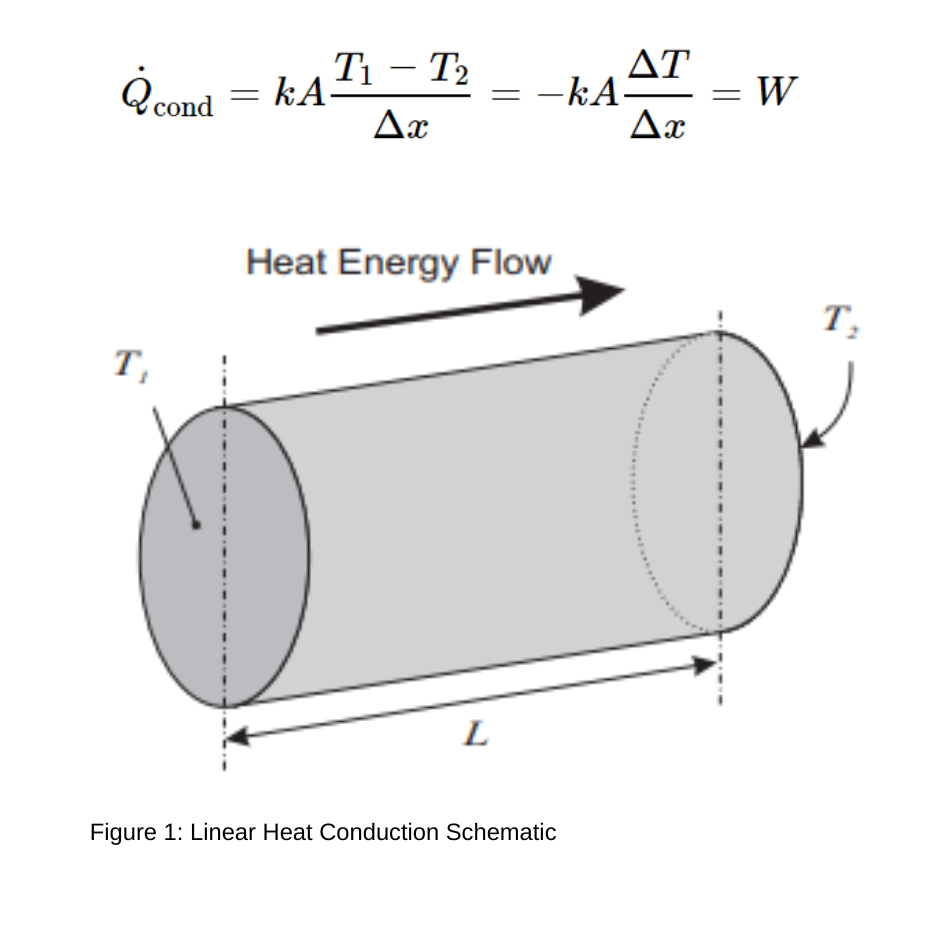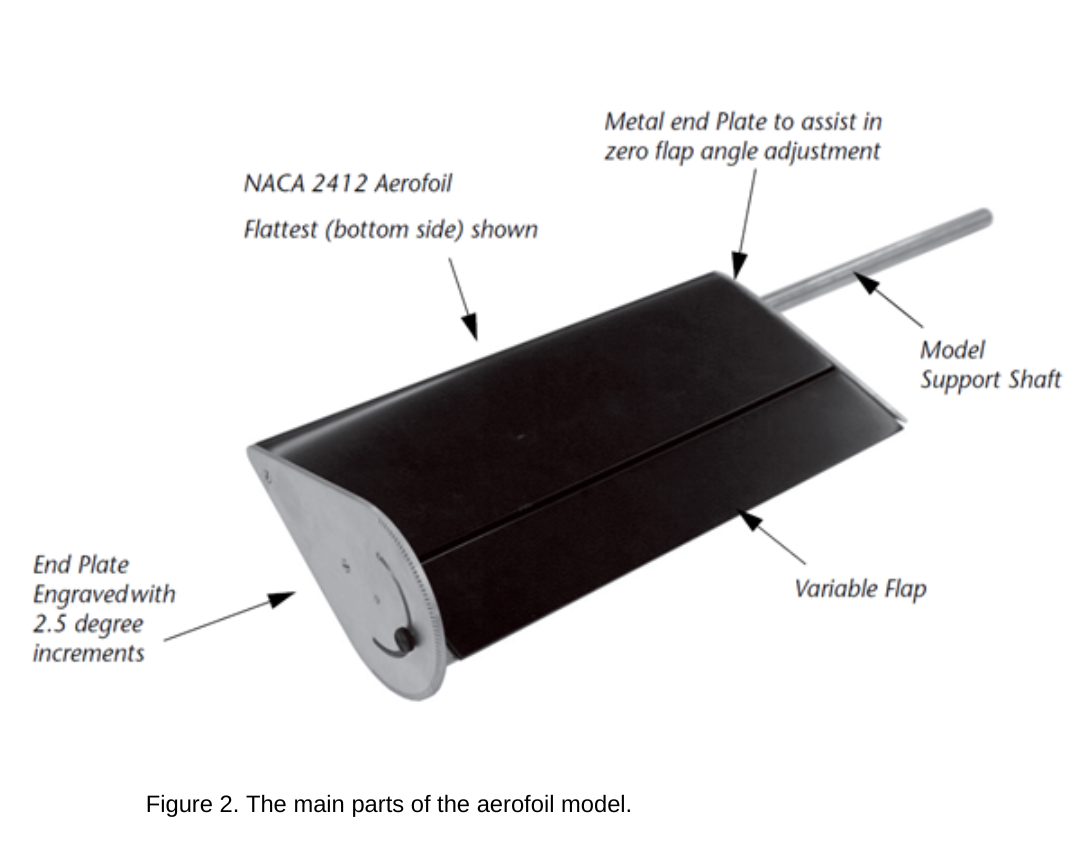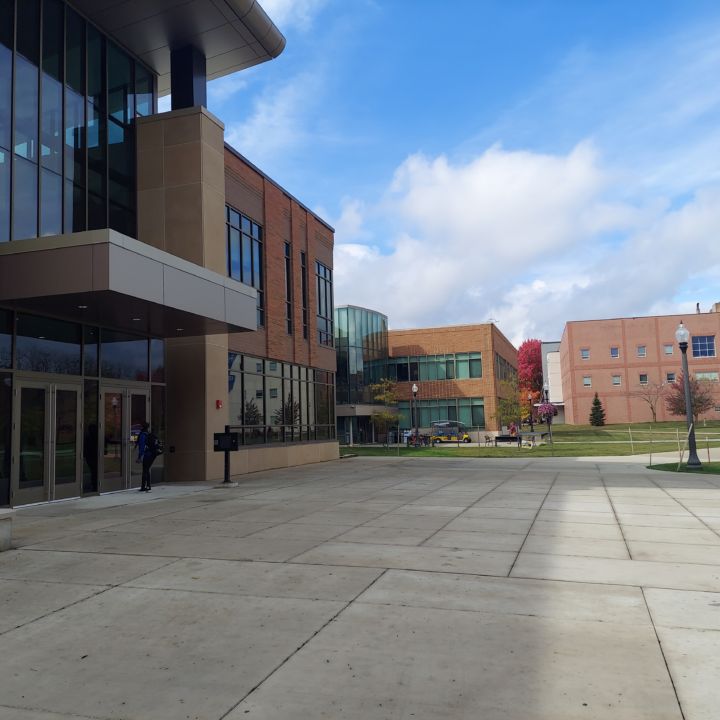Kent State University, at the forefront of aerospace engineering education, has recently inaugurated a state-of-the-art Aeronautics and Engineering building. Dr. Ali Abdul-Aziz, a seasoned professional with 35 years of experience at NASA as a senior research scientist, joined the university in 2016, aiming to help inaugurate a robust program in aerospace engineering and thermal fluid sciences. We recently spoke with Dr. Aziz to get his insights and thoughts about using a range of TecQuipment products in his teaching.
Why was TecQuipment the chosen supplier for Kent State University?
In the pursuit of excellence, Dr. Aziz explored various options for thermal fluid science equipment. Inspired by the success of a colleague's purchase and use of the Subsonic Wind Tunnel (AF1300), he engaged with Cary from Buckeye, our dedicated representative in Ohio.
After a visit to Jackson College, Michigan, USA which helped demonstrate the purchased equipment for its thermofluids and solid mechanic labs and being impressed by the functionality and quality, Dr. Aziz decided to integrate TecQuipment's teaching equipment into Kent State University's cutting-edge curriculum.
Exploring the equipment purchased
The Kent State aerospace engineering programme is brand new and aims to establish the program. As a leader Dr. Aziz, with his specialism in thermal analysis, oversaw establishing a thermo fluids lab for both undergraduates and postgraduates. The aim of the undergraduate course is to teach students the fundamental principles of thermo sciences: fluid mechanics, thermodynamics, and heat transfer.
The thermo fluid lab at Kent State boasts an array of TecQuipment apparatus, including:
- Bernoulli's Theorem Experiment (H5)
- Flow Measurement (H10)
- Ideal Gases – Boyle’s Law Experiment (TD1000)
- Ideal Gases – Guy Lussac’s Law Experiment (TD1001)
- Viscosity and Particle Drag Experiment (H410)
- Centre of Pressure Experiment (H11)
- Osborne Reynolds Apparatus (H215) and Heater Module Ancillary (H215A)
Additionally, the lab incorporates heat transfer apparatus for both linear and radial heat transfer which are the:
- Heat Transfer Experiment Base Unit (TD1002)
- Linear Heat Conduction Experiment (TD1002a)
- Radial Heat Conduction Experiment (TD1002b)
- VDAS mkII (FRAME MOUNTED VERSION ) (VDAS-F) for seamless experimental data acquisition for analysis
Thermodynamics experiment: Linear Heat Transfer (TD1002a)
- This experiment focused on the idea of linear heat transfer via conduction, or the process by which heat moves from one object to another via direct surface contact. In this experiment, the heat was generated by an electrical power source and, as such, the thermal conduction heat transfer rate is directly linked to the power of the heater in watts, described below by Joseph Fourier (French Mathematician born 1768) equation (1):
- The specific type of heat conduction measured in this experiment was linear heat conduction, where heat passes in a straight path through an object, shown in figure 1:
Main objectives of the experiment:
- To show how heat conducts linearly along a solid bar of uniform dimensions and material.
- To show how different materials in contact can behave and respond thermally under linear heat transfer conditions.
- To show how to determine the thermal conductivity as a measure of how quickly heat energy travels along a unit length of material of a unit cross-sectional area.

The Subsonic Wind Tunnel is used by seniors in the advanced research lab that focuses on the topic of applied fluid dynamics and includes the following equipment:
- Subsonic Wind Tunnel (AF100 Now rebranded as the AF1300)
- Three-Component Balance (AFA3 Now rebranded as the AF1300T)
- Balance Angle Feedback Unit (AFA4)
- 150mm Chord Naca 2412 Aerofoil with Variable Flap (AF1300c)
- 32-Way Pressure Display Unit (AFA6)
- VDAS mkII (FRAME MOUNTED VERSION lower case) (VDAS-F)
- Differential Pressure Transducer (AFA5)
Why this Engaging Learning Experience is important to Kent State University
The undergraduate course, a blend of lectures and hands-on lab work, accommodates 28 students or 14 students per session, maximising the lab's capacity. Dr. Aziz ensures a dynamic learning environment, with each week dedicated to different experiments covering fluid mechanics, heat transfer and thermal dynamics.
Utilising TecQuipment's Subsonic Wind Tunnel for research projects.
In a separate research-focused lab, Dr. Aziz utilises TecQuipment's Subsonic Wind Tunnel for applied fluid dynamics. The wind tunnel serves as a valuable tool for testing model aircraft and various geometries, enabling students to delve into aerodynamics applications.
A notable experiment conducted in the wind tunnel involves studying the effect of winglet configurations on model airplanes. By manipulating parameters such as air speed, angle of attack, and winglet shape, students analyse coefficients of drag, pressure and lift. The objective is to help students understand how to enhance aerodynamic performance, potentially leading to fuel savings and minimised drag in real-world aircraft applications.
Aerodynamics experiment: Aerofoil with Tappings

This experiment utilized the NACA Aerofoil with Variable Flap Model to conduct an aerodynamic based experiment. The goal was to allow the students to experience an actual hands-on experimental case where relevant data is collected and analysed to evaluate the aerodynamic response under specified boundary conditions, such as varying the angle of incidence at different speeds.
Experiment Objectives
The objectives were to evaluate the results and comment on how parameters such as lift, drag and pitching moment vary and what effects stall has on the lift and the drag. Furthermore, if the aerofoil is to be used on the aircraft, students also had to demonstrate which angle of incidence would give the best performance and why.
Capturing Experiment Data
The data generated from both experiments was captured seamlessly using TecQuipment’s Versatile Data Acquisition System (VDAS®). This allowed the students to automatically capture very accurate experiment data which resulted in significant time savings and error reduction from manual recording. It also permitted the student to experience evaluating the results in real time while the experiment was running, by generating graphical illustrations of key parameters of interest, and being able to export the data in different format for further analysis.
Having purchased many pieces of equipment from TecQuipment that enable students to test the theoretical concepts and apply these practically to understand impact in the real world, Dr. Aziz is a proud supporter and customer of TecQuipment.
In summary
Kent State University's collaboration with TecQuipment underscores a commitment to providing students with a comprehensive and practical understanding of aerospace engineering. The success of Dr. Aziz's thermal fluids laboratory helped the aerospace engineering program serve as a testament to TecQuipment's role in shaping the future of engineering education.
Discover how TecQuipment can shape your engineering education programme. Contact us to explore our range of high-quality apparatus and join the ranks of institutions advancing the next generation of engineers.

